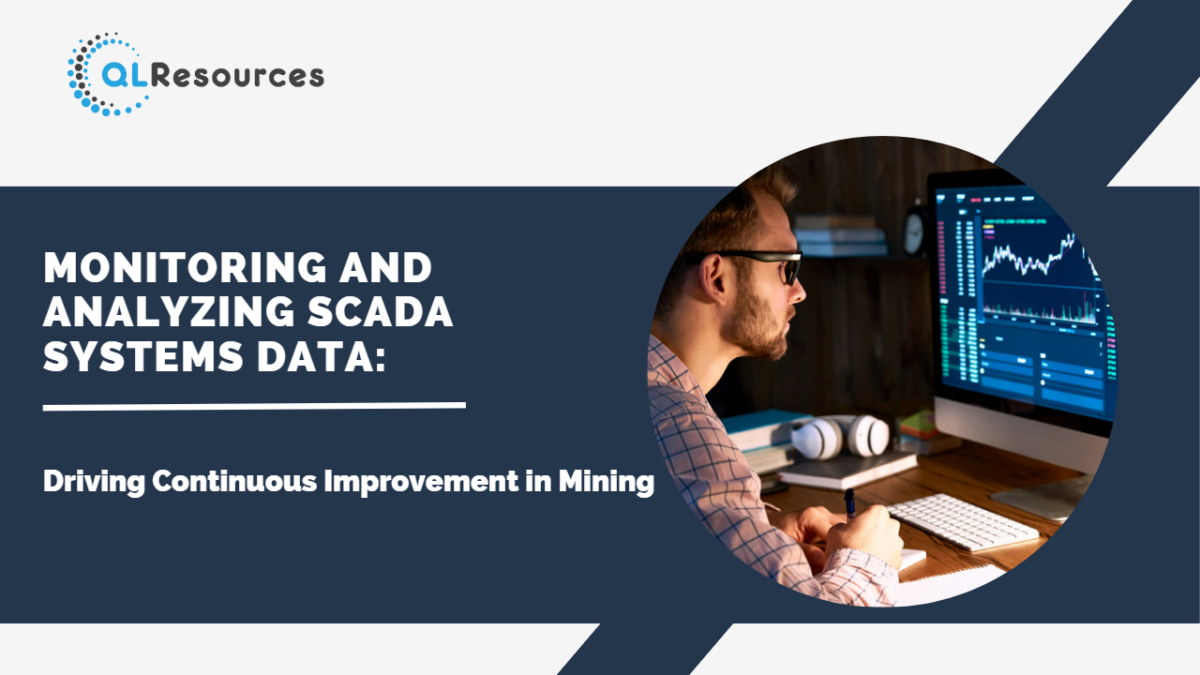Block modelling and resource estimation are critical processes in the mining industry, providing a foundation for effective resource management and decision-making. Advanced software tools have revolutionized these processes, enabling mining companies to create accurate and detailed models of ore deposits and estimate their potential value. In this article, we will delve into the significance of block modelling and resource estimation and explore the advanced software tools that have transformed these practices, enhancing efficiency, accuracy, and overall mining operations.
Block Modelling and Its Significance:
Block modelling involves dividing a mineral deposit into discrete blocks to create a three-dimensional representation. This detailed model provides critical insights into the distribution of minerals, ore grades, and geological structures within the deposit. Block models serve as a blueprint for mine planning, production scheduling, and economic analysis.
Resource Estimation and Its Importance:
Resource estimation is the process of determining the quantity and quality of minerals within a deposit. Accurate resource estimation is essential for calculating potential reserves, evaluating economic viability, and making informed investment decisions. It forms the basis for mine design, production strategies, and feasibility studies.
Advanced Software Tools for Block Modelling and Resource Estimation:
a. Geostatistical Software: Advanced geostatistical software enables miners to analyze and model spatial data, capturing the variability and uncertainty of mineral distribution. These tools, such as GSLIB, Isatis, and GeoR, provide powerful interpolation and simulation techniques for creating reliable block models.
b. Mining Software Suites: Comprehensive mining software suites like Surpac, Datamine, and Vulcan offer integrated solutions for block modelling and resource estimation. These platforms combine geological, geostatistical, and engineering tools to facilitate seamless workflows and accurate resource assessments.
c. Geological Modeling Software: Software like Leapfrog Geo and GEMS enable geologists to create detailed geological models that serve as the basis for block modelling. These tools incorporate geological data such as drillhole information, lithological data, and structural data to build robust and accurate models.
d. Machine Learning and AI: Artificial intelligence and machine learning algorithms are increasingly being integrated into resource estimation processes. These technologies analyze vast datasets, identify patterns, and predict mineral distribution, enhancing the accuracy of block models.
e. Cloud-Based Solutions: Cloud-based software platforms offer collaborative and accessible solutions for block modelling and resource estimation. These platforms enable teams to work together in real-time, share data, and update models seamlessly, regardless of geographical locations.
f. Visualization and Reporting Tools: Software tools like 3D visualization and reporting platforms enable mining professionals to present block models and resource estimations in a visually appealing and informative manner. These tools aid in communication, stakeholder engagement, and decision-making.
Conclusion:
Advanced software tools have transformed block modelling and resource estimation in the mining industry. These tools enable mining companies to create accurate and detailed block models, estimate mineral resources, and make informed decisions about mining operations. By harnessing geostatistics, geological modeling, machine learning, and cloud-based solutions, mining professionals can optimize resource management, streamline workflows, and enhance the overall efficiency and success of mining projects. As technology continues to evolve, the integration of advanced software tools will play a pivotal role in shaping the future of block modelling and resource estimation in the mining sector.
Join our community and never miss an update! Subscribe to our newsletter and blog to stay up-to-date on the latest trends, tips, and insights in your area of interest. Don’t miss out on exclusive content and promotions. Sign up now and be a part of our growing community!


